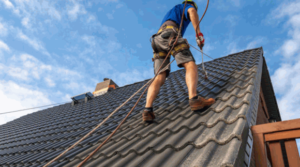Are you noticing musty odors or peeling paint in your home? It might be a sign of dampness, a common issue that can cause damage to your property.
This article will explore what damp proofing is, why it’s important, the different types of dampness, the causes of dampness, how to identify dampness in your home, solutions for damp proofing, and when to seek professional help.
Discover how to protect your home from the damaging effects of dampness by reading further.
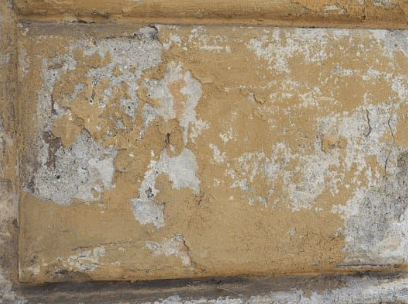
What Is Damp Proofing?
Dampproofing is a process that involves applying materials or barriers to prevent moisture from penetrating walls or buildings.
It serves as a crucial step in ensuring the longevity and structural integrity of a construction project. Without proper damp proofing, water ingress can lead to mould growth, decay of building materials, and potential health risks.
Common materials used for damp proofing include bituminous coatings, plastic sheets, and cementitious coatings. These materials create a protective barrier that resists the passage of moisture through walls and foundations. Implementation methods such as installing a damp proof course or applying a damp proof membrane play a key role in preventing dampness within structures.
Discover more: Does Damp Proof Injection Work
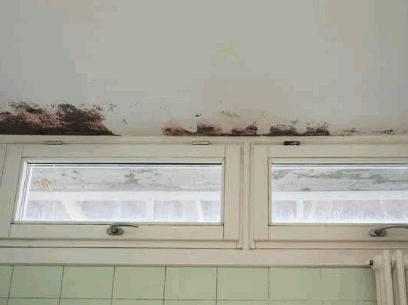
Why Is Damp Proofing Important?
Damp proofing is essential for preserving the structural integrity of a property and preventing issues like rising dampness.
Excess moisture can seep through walls and floors, leading to decay and weakening of the building’s foundation. Moisture content diagnosis is crucial in identifying areas vulnerable to dampness, ensuring timely intervention to safeguard the property. Without proper damp proofing, the infiltration of water can result in mould growth, peeling paint, and damage to furnishings.
Rising damp is a common occurrence that occurs when groundwater rises through porous materials, causing unsightly staining and compromising the structural integrity of the property. Since rising damp can go unnoticed for a while, routine property inspections and surveys are vital to catch and address any damp issues before they escalate.
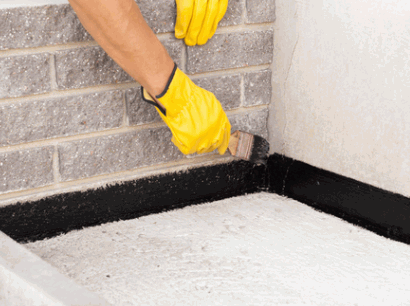
What Are The Different Types Of Damp?
Different types of dampness include rising damp, penetrating damp, and condensation, each affecting walls and buildings differently.
Rising damp occurs when groundwater rises through the porous masonry of a building, leading to watermarks, blistering paint, and crumbling plaster. Penetrating damp, on the other hand, is caused by water entering the building through gaps or cracks in the walls, resulting in damp patches, mould growth, and rotting wood. Condensation typically forms in poorly ventilated areas, resulting in water droplets on windows, musty odours, and peeling wallpaper.
These types of damp can cause serious damage to construction materials such as bricks, mortar, and timber, weakening the structural integrity of the building over time. Identifying the specific type of damp affecting a structure requires a specialist diagnosis to implement appropriate solutions, such as installing barriers to prevent water ingress or improving ventilation to reduce condensation.
Rising Damp
Rising damp is a common issue in buildings where groundwater seeps up through walls, often affecting mortar and requiring injection-based treatments.
Excessive moisture in the ground surrounding a structure can result in rising damp, particularly in older buildings where protective barriers have deteriorated over time. This phenomenon occurs when water moves vertically through porous materials like bricks or stone, thereby causing the walls to absorb the water. As a consequence, the mortar holding these materials together can weaken and crumble, leading to structural damage if left unresolved.
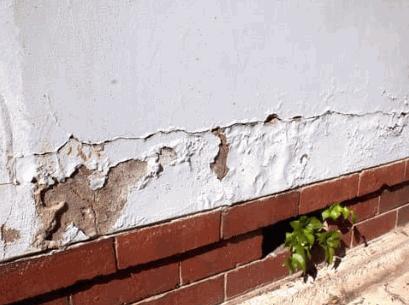
Penetrating Damp
Penetrating damp occurs when water enters a building from the exterior, leading to dampness that may damage plaster and necessitate a thorough survey.
This type of damp can result from various sources including leaking roofs, cracked walls, damaged gutters, or poorly sealed windows and doors. The impact of penetrating damp on exterior walls can be significant, causing unsightly staining, decay of materials, and even structural issues if left untreated.
Property surveys are essential for diagnosing the root cause of penetrating damp, as they involve thorough inspections to identify areas of water ingress and recommend appropriate treatments. Professional expertise is crucial in resolving penetrating damp effectively and preventing recurrent issues.
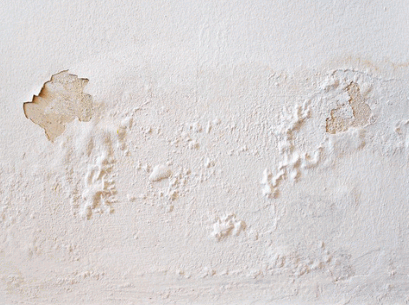
Condensation
Condensation is a form of damp caused by excess moisture in the air, often requiring the expertise of a specialist to diagnose and address.
The origins of condensation can be traced back to the simple process of water vapour cooling down and changing into liquid form when it comes into contact with a cold surface. This transformation leads to the accumulation of water droplets on windows, walls, and other surfaces, ultimately causing potential damage to property interiors.
With its ability to drastically affect the structural integrity and aesthetics of a building, condensation poses a serious threat to long-term property care. It can lead to mould growth, wood rot, and deterioration of building materials, prompting the need for timely intervention from moisture control professionals.
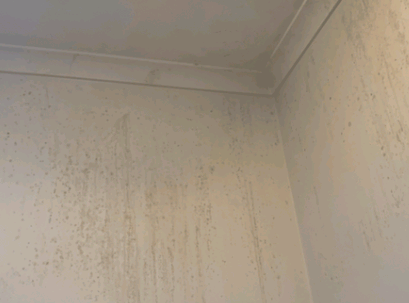
What Are The Causes Of Damp?
Damp can be caused by various factors such as structural issues, poor ventilation, and leaks in pipes or roofs that allow moisture to infiltrate buildings.
Structural issues can exacerbate the problem of damp by creating pathways for water to enter the building, weakening the structure over time. Common sources of structural issues include cracked foundations, deteriorating brickwork, or faulty guttering that directs water toward the building instead of away from it.
- Proper ventilation is crucial in preventing damp as it helps regulate moisture levels indoors. Without adequate ventilation, condensation can accumulate on walls and ceilings, providing a breeding ground for mould and mildew.
Leaking pipes and roofs pose significant risks as they can lead to extensive water damage, compromising the integrity of the building’s structure and potentially causing health hazards due to mould growth.
Structural Issues
Structural issues like cracks or gaps in construction can compromise a building’s damp resistance, leading to moisture infiltration and potential damage to masonry.
This can occur due to a variety of factors, such as poor drainage systems, faulty roof installations, or untreated water leaks. When water seeps into the structure, it not only weakens the integrity of the building materials but also provides a conducive environment for mould growth, which can further exacerbate damp problems. In masonry construction, the absorption and retention of moisture can accelerate deterioration, causing structural instability and aesthetic degradation. Therefore, regular property maintenance, including thorough surveys and preventative measures, is crucial to safeguard against these issues and ensure the longevity of the building.
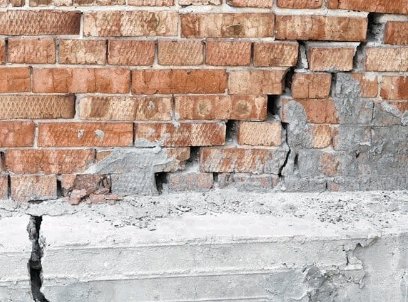
Poor Ventilation
Inadequate ventilation can trap moisture indoors, creating a conducive environment for damp issues that may require the intervention of a specialist.
This correlation between poor ventilation and dampness is crucial to understand as the lack of proper airflow allows moisture to build up, leading to issues like mould and mildew growth.
When trapped moisture exacerbates damp problems, it can not only affect the structural integrity of a building but also pose health risks to its occupants.
Specialists play a vital role in addressing ventilation issues by assessing the root cause of poor airflow and implementing effective solutions to improve air quality and prevent dampness from escalating.
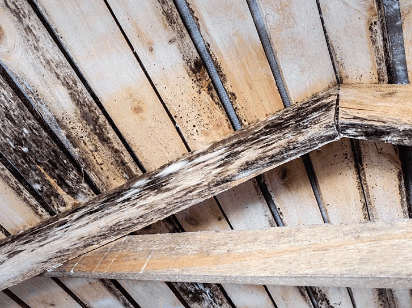
Leaking Pipes Or Roofs
Leaking pipes or roofs can introduce moisture into buildings, causing dampness that necessitates prompt diagnosis and effective treatment.
Moisture infiltration from leaking pipes and roofs can lead to various detrimental consequences within the building environment.
Not only does dampness create an uncomfortable living or working environment, but it also poses health risks by promoting the growth of mould and mildew. Prolonged exposure to damp conditions can weaken the structural integrity of the building, potentially leading to costly repairs and renovations.
It is crucial to diagnose the source of leaks accurately to prevent further damage and address the issue at its root. Without identifying and rectifying the cause, treatments for dampness may only provide temporary relief.
Depending on the severity of the problem, treatment options for addressing damp issues can include repairing the leaking pipes, fixing the damaged roof, improving ventilation, utilising dehumidifiers, and applying waterproofing solutions to key areas.
Early detection, accurate diagnosis, and appropriate treatment are essential in effectively combating dampness resulting from leaking pipes or roofs.
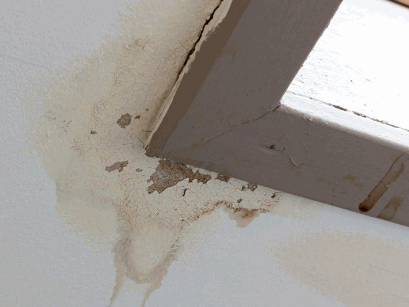
How To Identify Damp In Your Home?
Identifying damp in your home can be done by recognizing signs such as a musty odor, visible moisture, or peeling paint and wallpaper.
- Aside from these common indicators, it’s important to also keep an eye out for discolouration or mould growth on walls and ceilings.
- If you notice persistent dampness or coldness in certain areas of your home, this could be a red flag hinting at underlying moisture issues.
- Specialist diagnosis by professionals in the field can pinpoint the root cause of dampness in your home. They have the expertise to provide targeted solutions, such as installing proper ventilation systems or carrying out effective remediation procedures.
Musty Odour
A musty odour in your home could indicate the presence of damp, prompting the need for a specialist diagnosis to assess the extent of the issue.
This musty smell is often a sign of moisture collecting in unseen areas, such as behind walls or under flooring, which can lead to mould growth and structural damage over time.
Seeking a professional evaluation is crucial as they have the tools and expertise to accurately pinpoint the source of the dampness and provide appropriate remediation solutions.
Ignoring these warning signs could result in worsening indoor air quality and potential health risks, making it imperative to address any damp issues promptly.
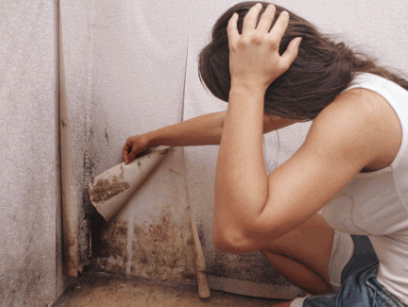
Visible Signs Of Moisture
Visible signs of moisture on walls or ceilings are clear indications of potential dampness that may require damp proofing measures to prevent further damage.
When left unattended, dampness can lead to mould growth, deteriorating structural integrity, and compromise indoor air quality. Damp proofing solutions such as waterproof coatings, drainage systems, or cavity wall insulation can effectively mitigate these issues. It is essential to address the root cause of moisture intrusion to safeguard not only the aesthetics but also the longevity of the building materials. Timely intervention can save homeowners from costly repairs and ensure a healthy living environment.
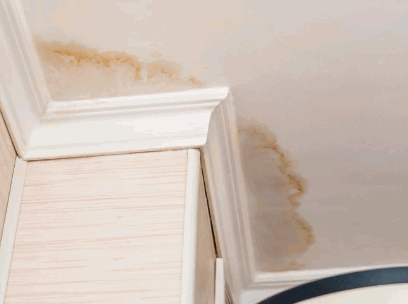
Peeling Paint Or Wallpaper
Peeling paint or wallpaper in your home can be a result of dampness, indicating the need for appropriate treatment to address underlying moisture issues.
When paint or wallpaper starts peeling off the walls, it’s often a sign that there is excess moisture present. Damp problems can occur due to various reasons such as leaks, poor ventilation, or rising damp. Ignoring these signs can lead to more severe issues like mould growth, structural damage, and health hazards. It’s crucial to tackle the root cause of dampness to prevent further deterioration.
Treating damp problems promptly not only improves the aesthetics of your home but also protects your health and property. Repairing surfaces affected by dampness may involve stripping off the damaged paint or wallpaper, addressing the underlying moisture source, and applying appropriate sealants or moisture barriers.
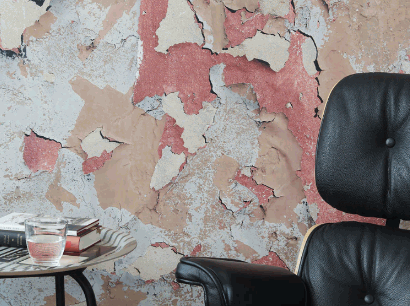
What Are The Solutions For Damp Proofing?
Solutions for damp proofing include the installation of Damp Proof Courses (DPC), waterproofing treatments, and improving ventilation to prevent moisture ingress.
Having a properly installed DPC plays a crucial role in creating a barrier between the ground and the structure, preventing rising damp.
Applying waterproofing treatments to vulnerable areas such as basements and roofs can significantly enhance the building’s resistance to water ingress.
Furthermore, improving ventilation by installing vents or air bricks allows for better airflow, reducing condensation and promoting a drier environment inside the property.
Combining these strategies with high-quality construction materials like moisture-resistant paints and damp proof membranes can further strengthen the building against dampness.
Damp Proof Course (DPC)
A Damp Proof Course (DPC) is a barrier installed during construction to prevent rising damp by inhibiting moisture from moving up walls.
It plays a crucial role in maintaining the structural integrity of buildings and preventing potential damage caused by dampness. DPC usually consists of materials like bitumen, plastic sheets, or chemical fluids that are impermeable to water, creating a barrier between the foundation and walls.
Property surveyors often inspect DPC as part of their evaluation process to ensure its efficiency in preventing damp related issues. A well-installed DPC can provide a guarantee against rising damp, offering peace of mind to property owners.
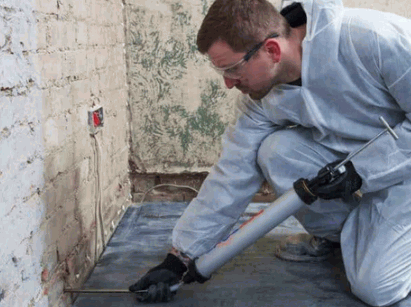
Waterproofing
Waterproofing involves the application of barriers like membranes or injection treatments to make surfaces impermeable to moisture and prevent damp penetration.
In terms of construction projects, ensuring waterproofing is essential to maintain the structural integrity and longevity of buildings and infrastructure. Concrete is often used as a primary material to create a solid foundation, but it can also be vulnerable to water ingress over time. This is where specialist diagnosis and treatment methods like membranes play a crucial role. Membranes act as protective layers that shield structures from water damage, while injection treatments can seal cracks and prevent water seepage.
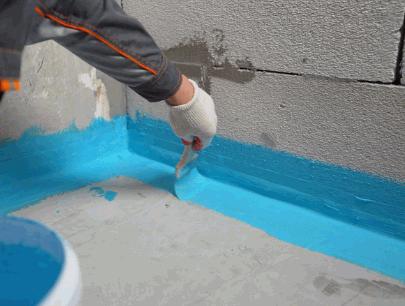
Ventilation Improvement
Improving ventilation in buildings is crucial for reducing damp risks, as proper airflow can help control moisture levels and prevent damp related issues.
Efficient ventilation systems ensure that stale, damp air is constantly replaced with fresh, dry air, reducing the likelihood of mould growth and structural damage. Inadequate ventilation can trap moisture indoors, leading to peeling paint, musty odours, and even health concerns. It’s important to have a professional assess the property’s ventilation setup to identify areas for improvement and ensure optimal airflow. Specialists, equipped with tools like moisture meters, can pinpoint problem areas and recommend tailored solutions, safeguarding the property from long-term moisture-related issues.
Can You Damp Proof Your Home Yourself?
Whilst some minor damp issues can be addressed through DIY methods, complex problems may require professional treatment involving specialised barriers and materials.
DIY damp proofing can be a cost-effective solution for small areas with minor damp occurrences, such as condensation build-up in bathrooms or smaller leaks in basements. By using waterproofing paints or sealants, homeowners can often manage these issues without the need for professional intervention.
It’s important to recognise the limits of self-treatment when dealing with more severe damp problems caused by structural issues or extensive water ingress. In these cases, the installation of damp proof membranes or chemical damp proof courses may be necessary to effectively prevent moisture penetration and protect the building’s integrity.
When Should You Seek Professional Help For Damp Proofing?
Professional assistance for damp proofing should be sought when problems extend beyond one’s own DIY capabilities or when a precise evaluation and tailored care are vital for achieving lasting results.
It’s crucial to recognise the signs of dampness early on to prevent structural damage and potential health hazards.
Engaging the expertise of a qualified surveyor can help pinpoint the root cause of the issue and recommend the most suitable treatment plan.
Specialised treatments such as damp injections, waterproof membranes, or tanking systems may be necessary for severe cases that require expert intervention.
Property surveys are fundamental in identifying underlying issues like rising damp, condensation, or penetrating damp, guiding professionals in delivering targeted solutions.


